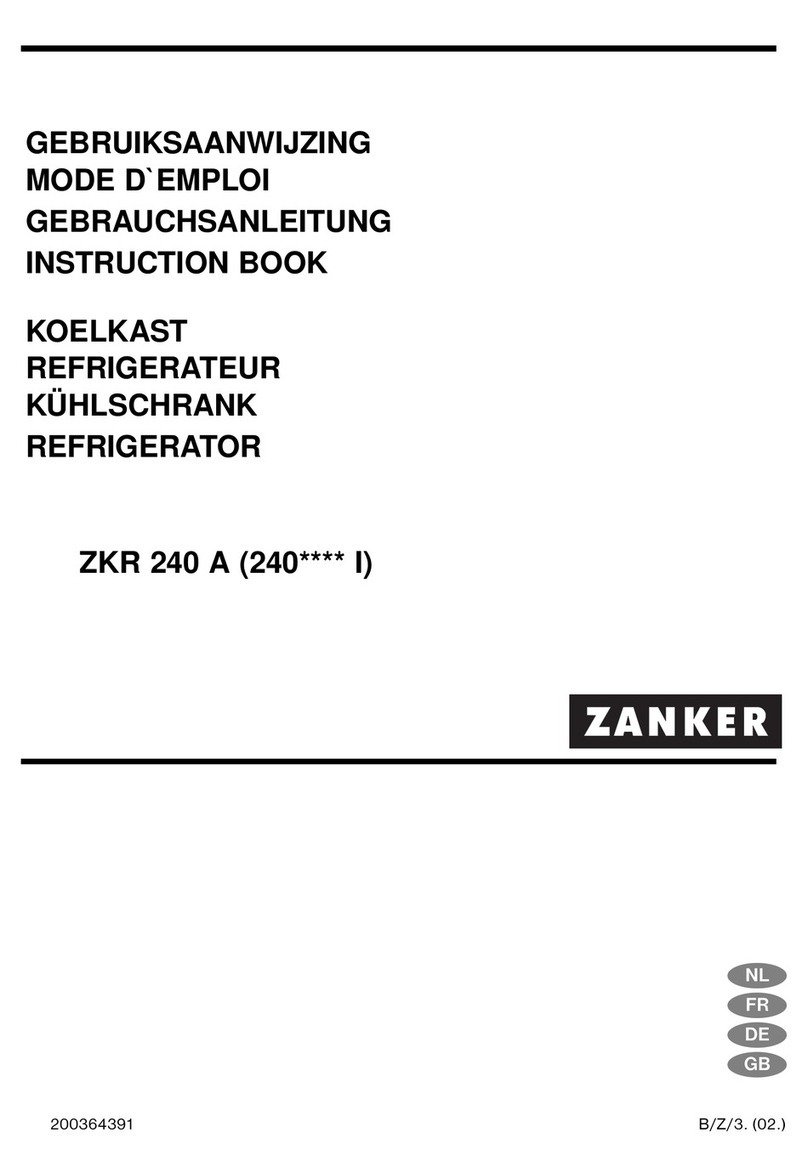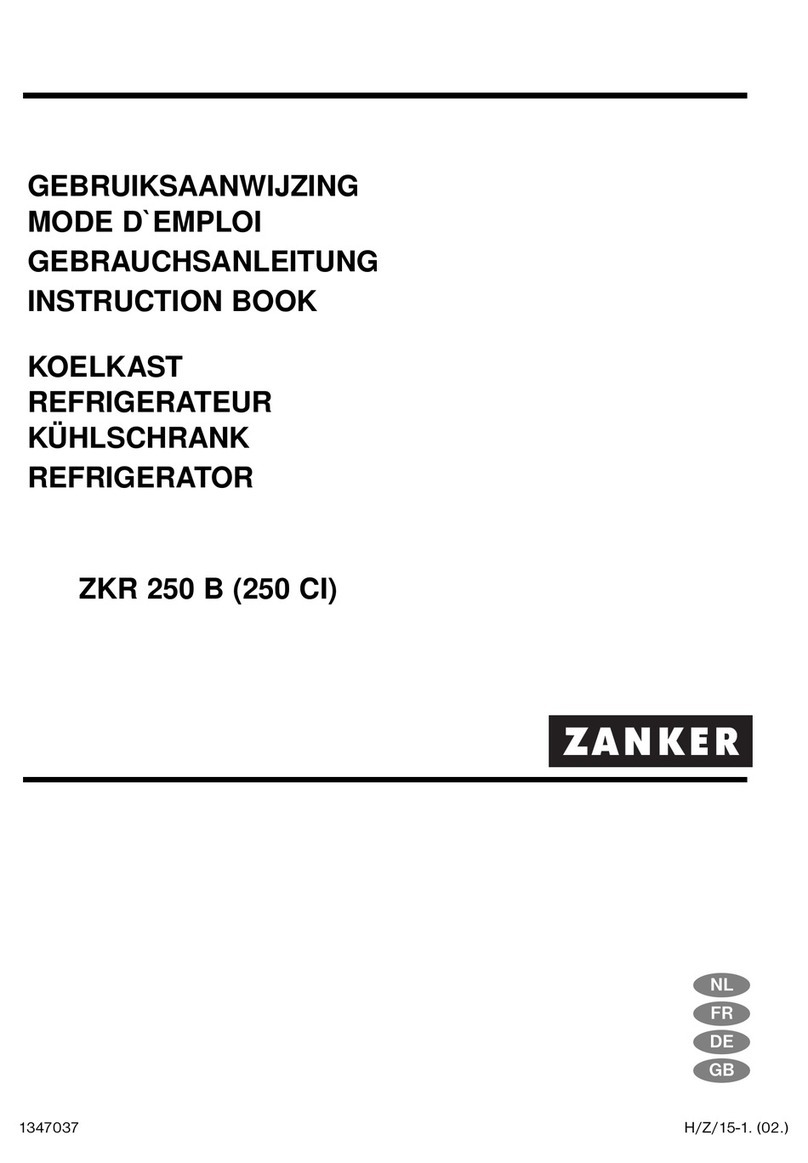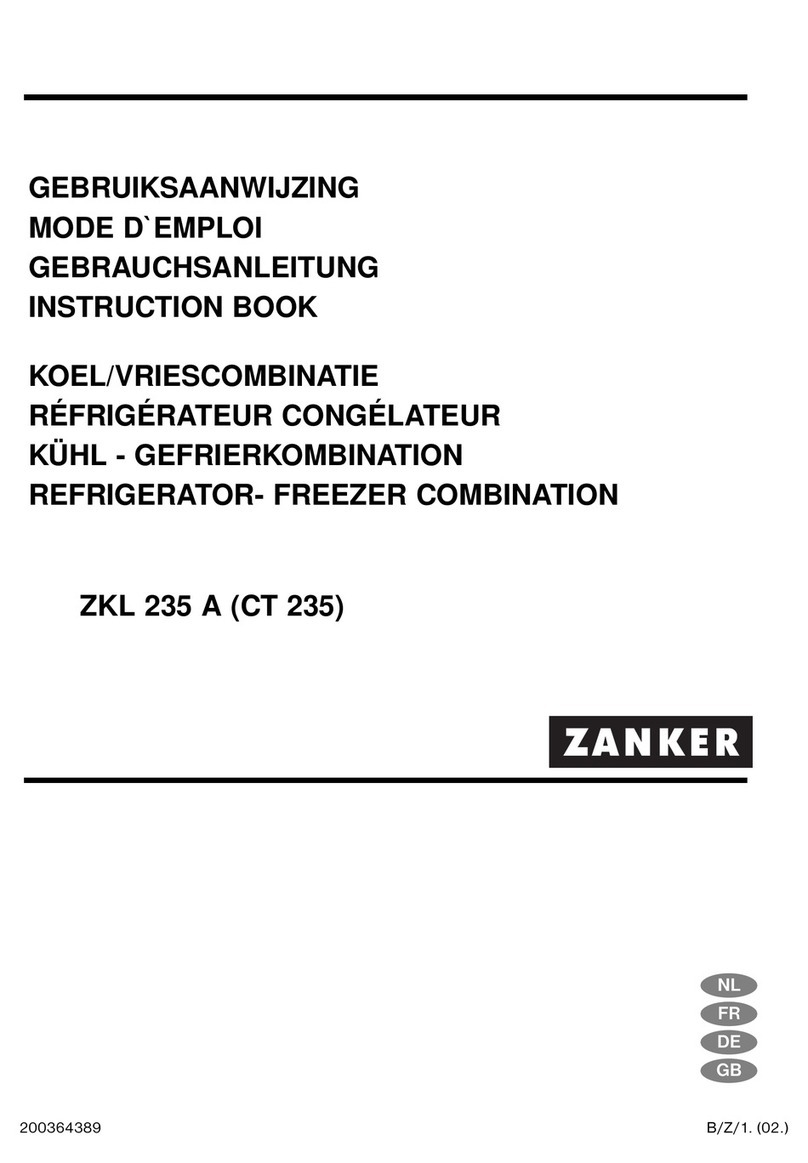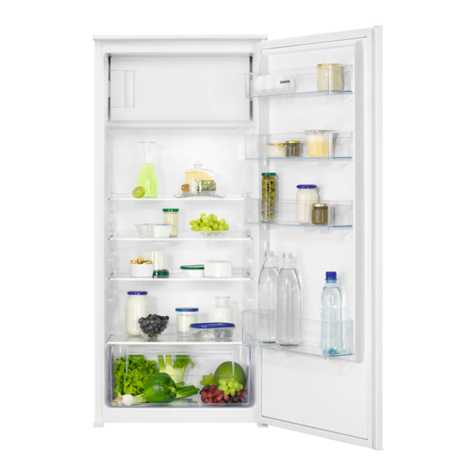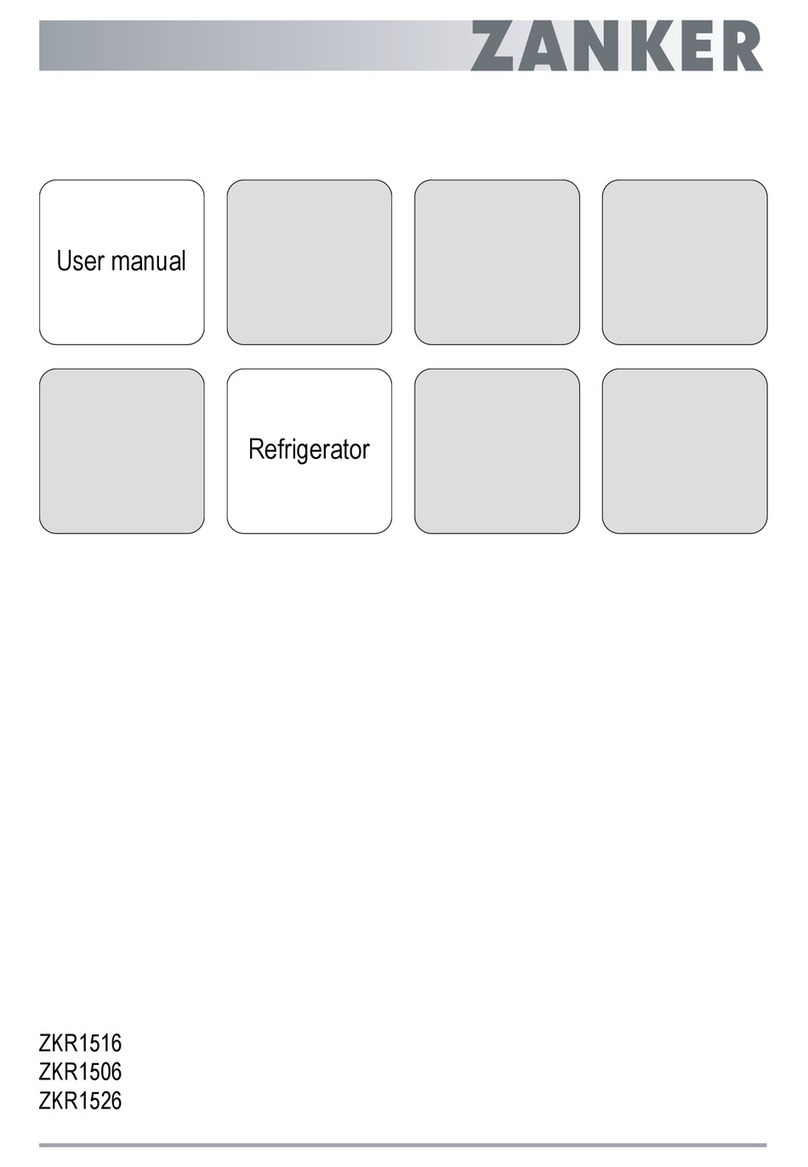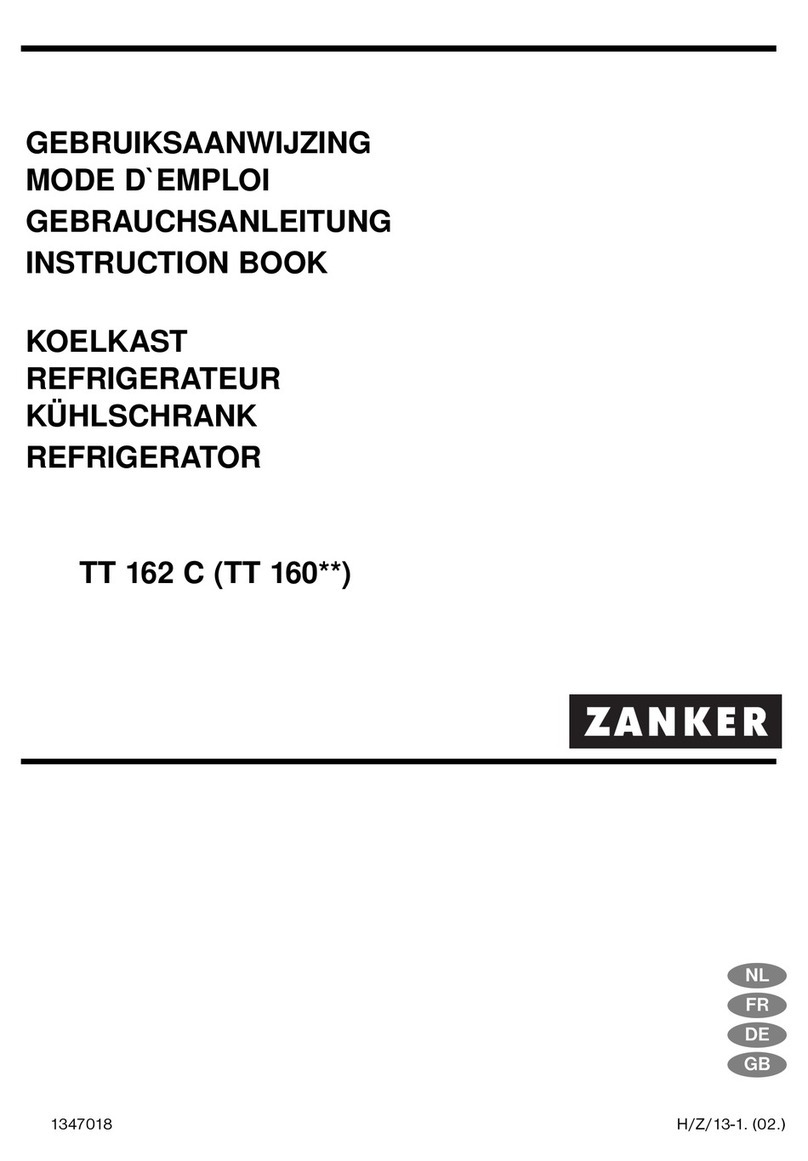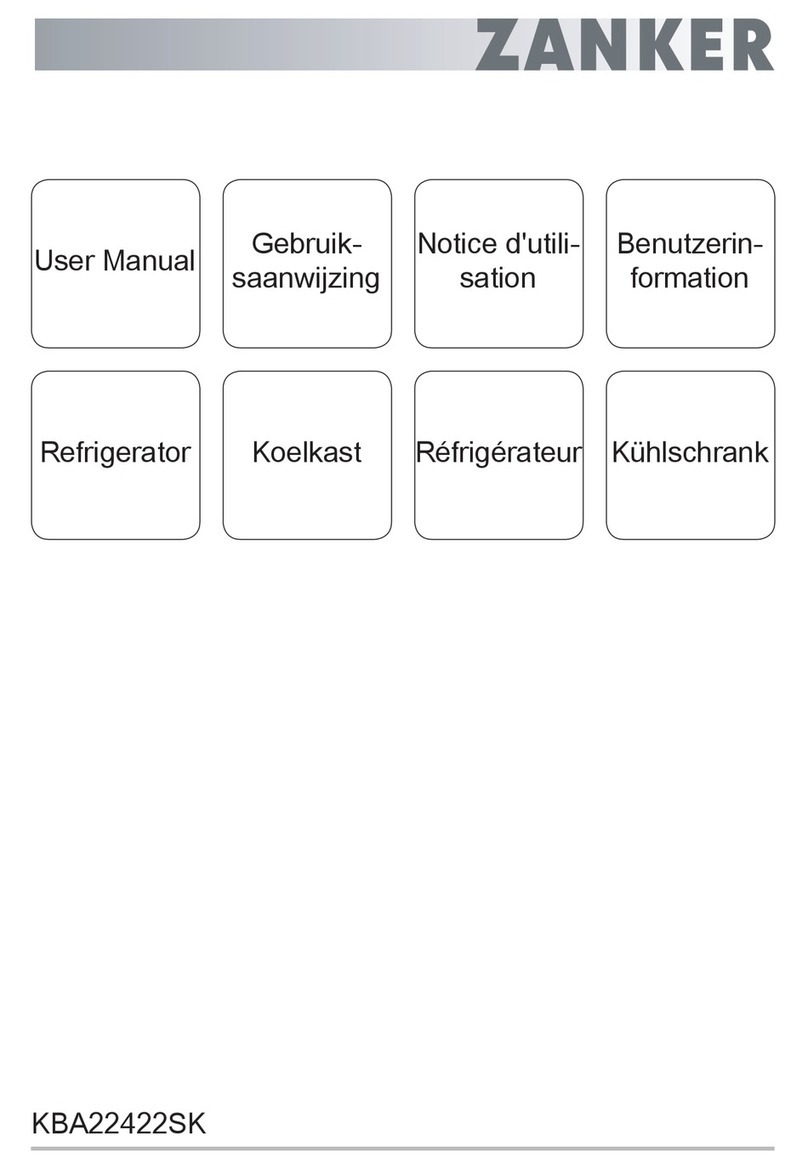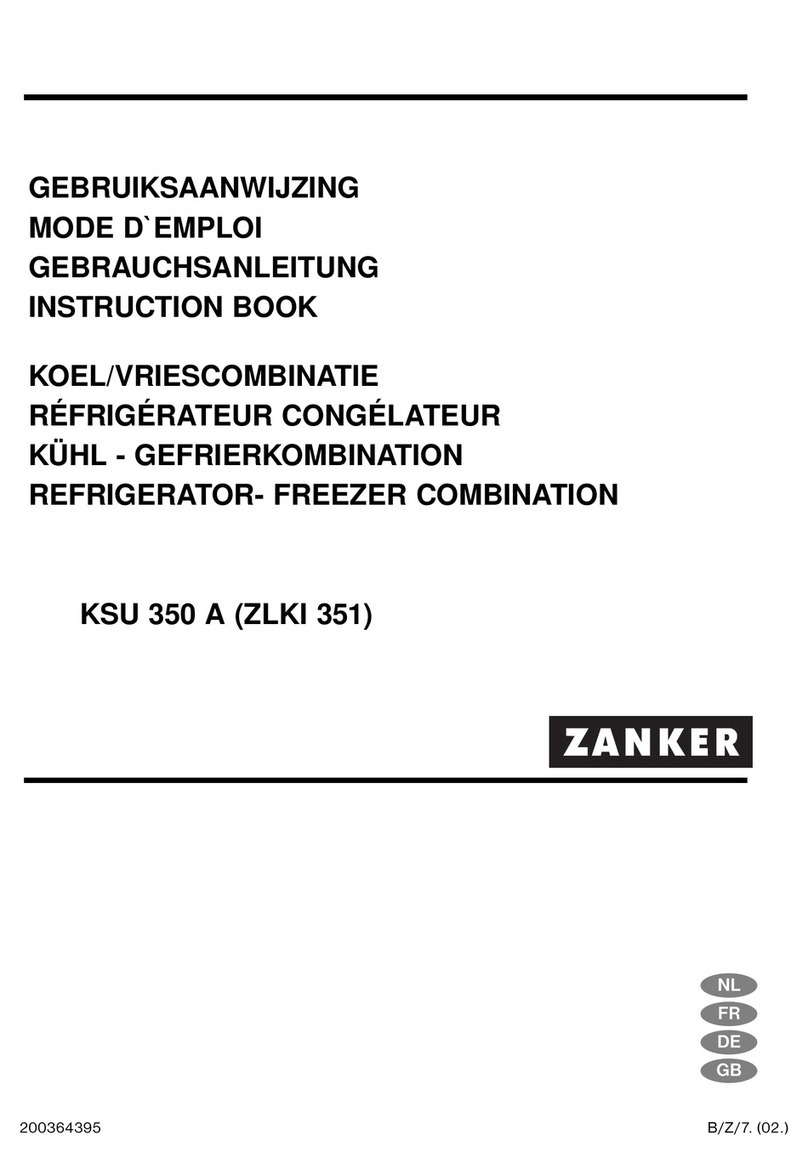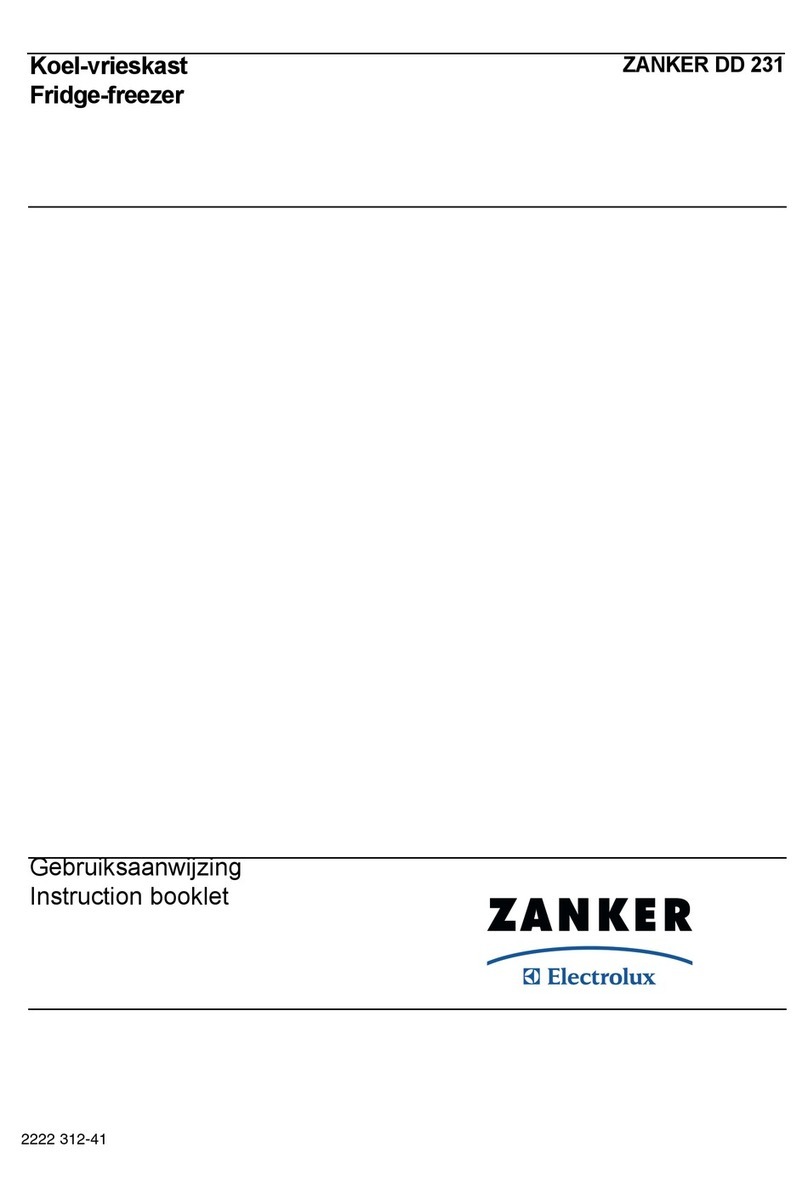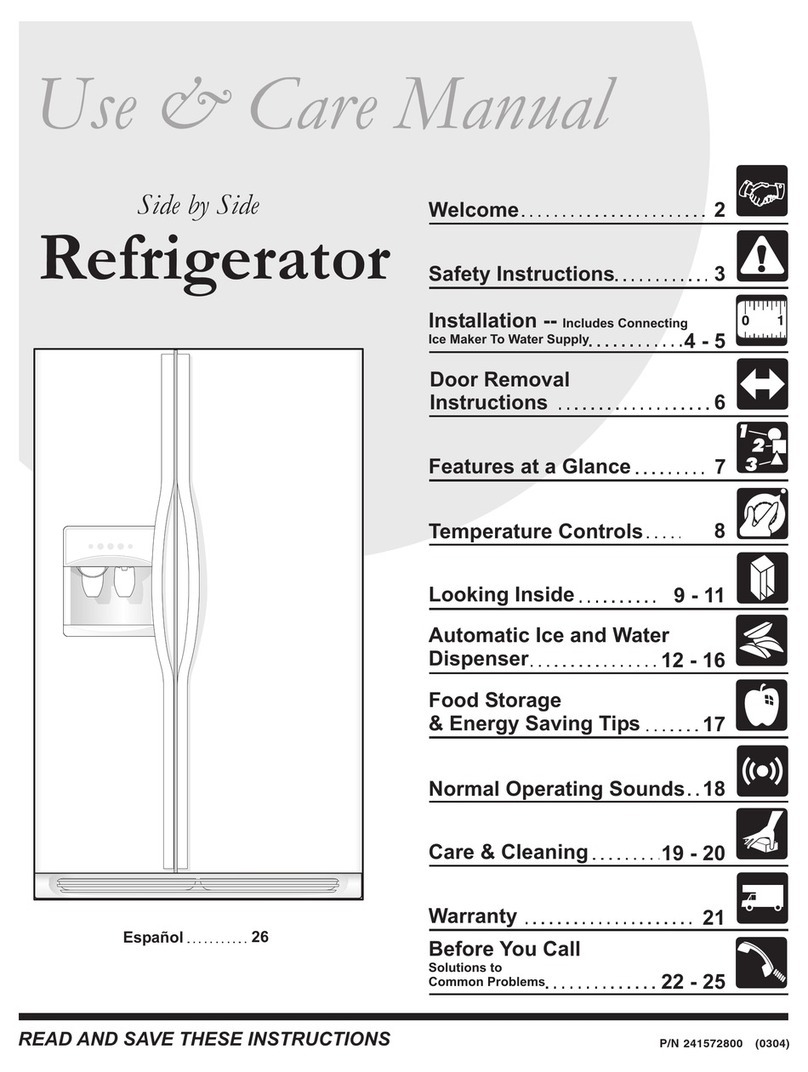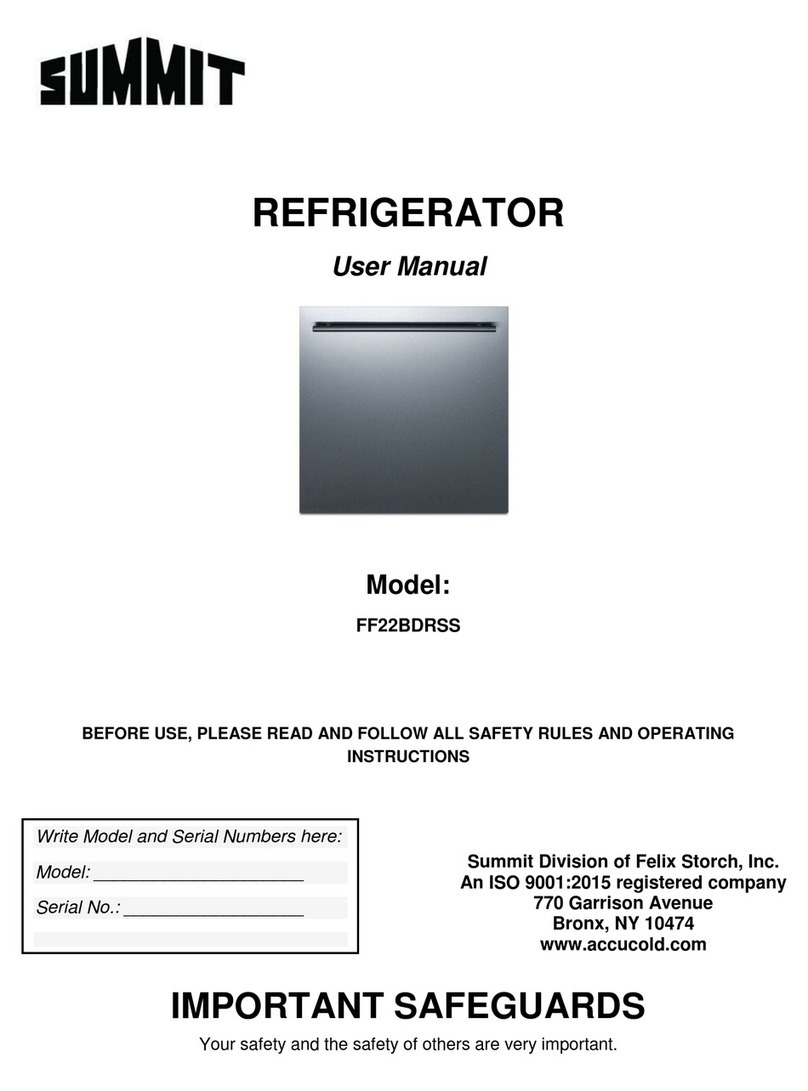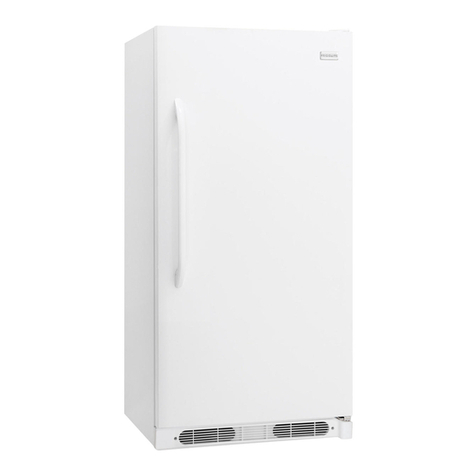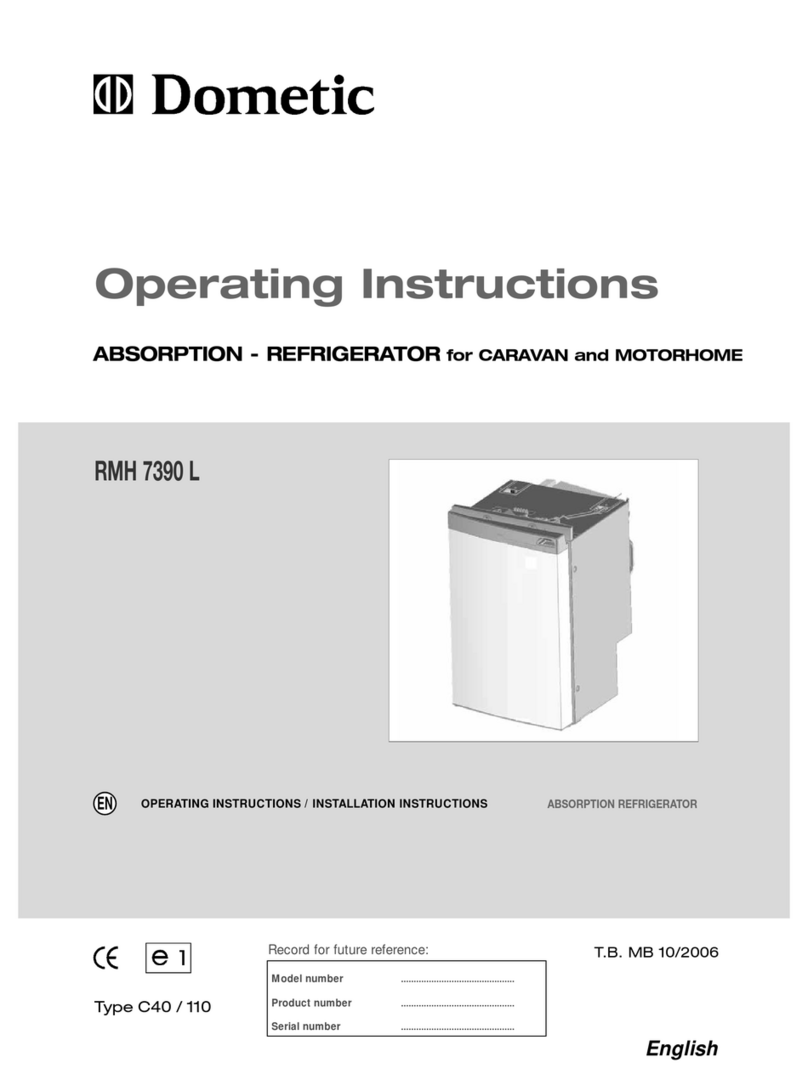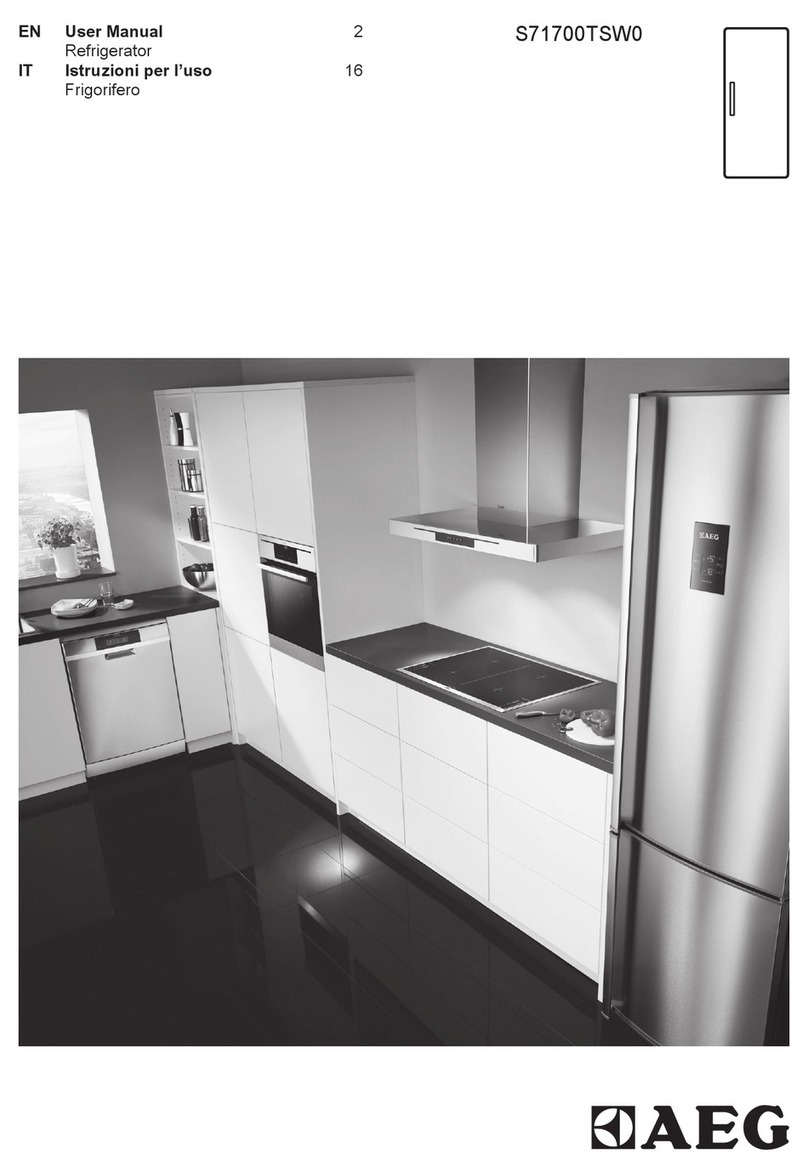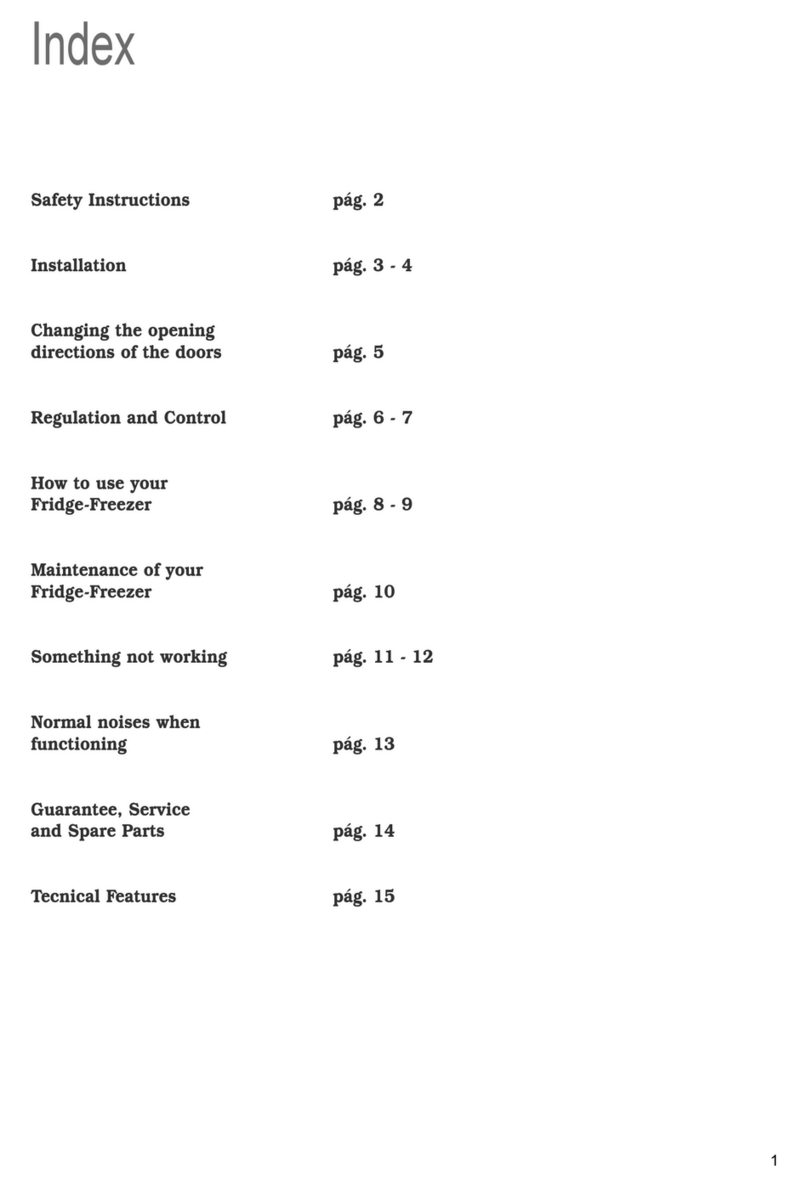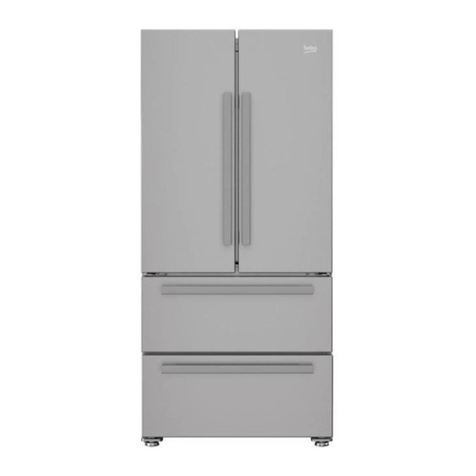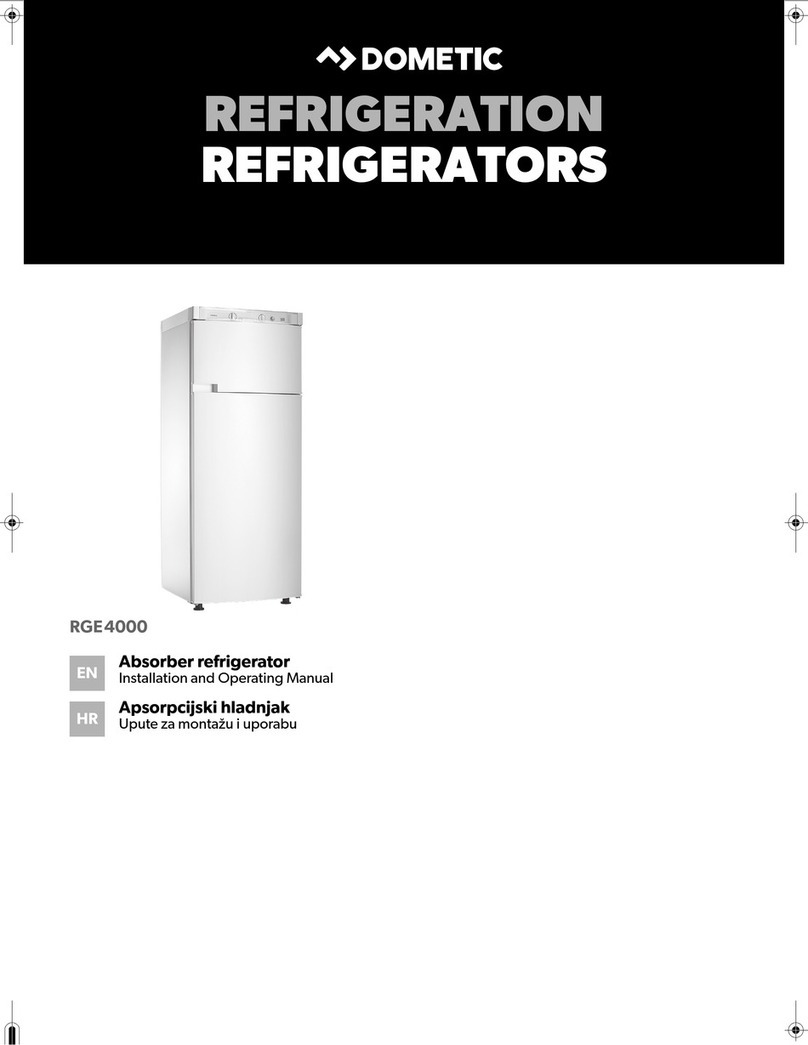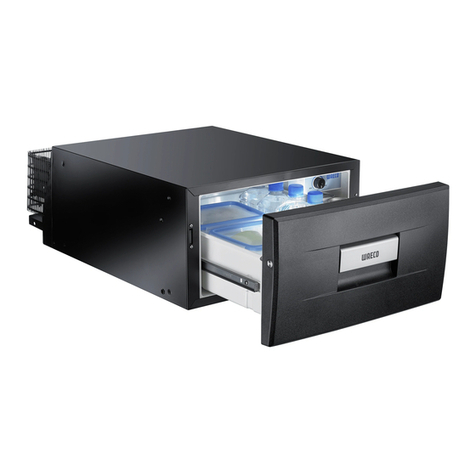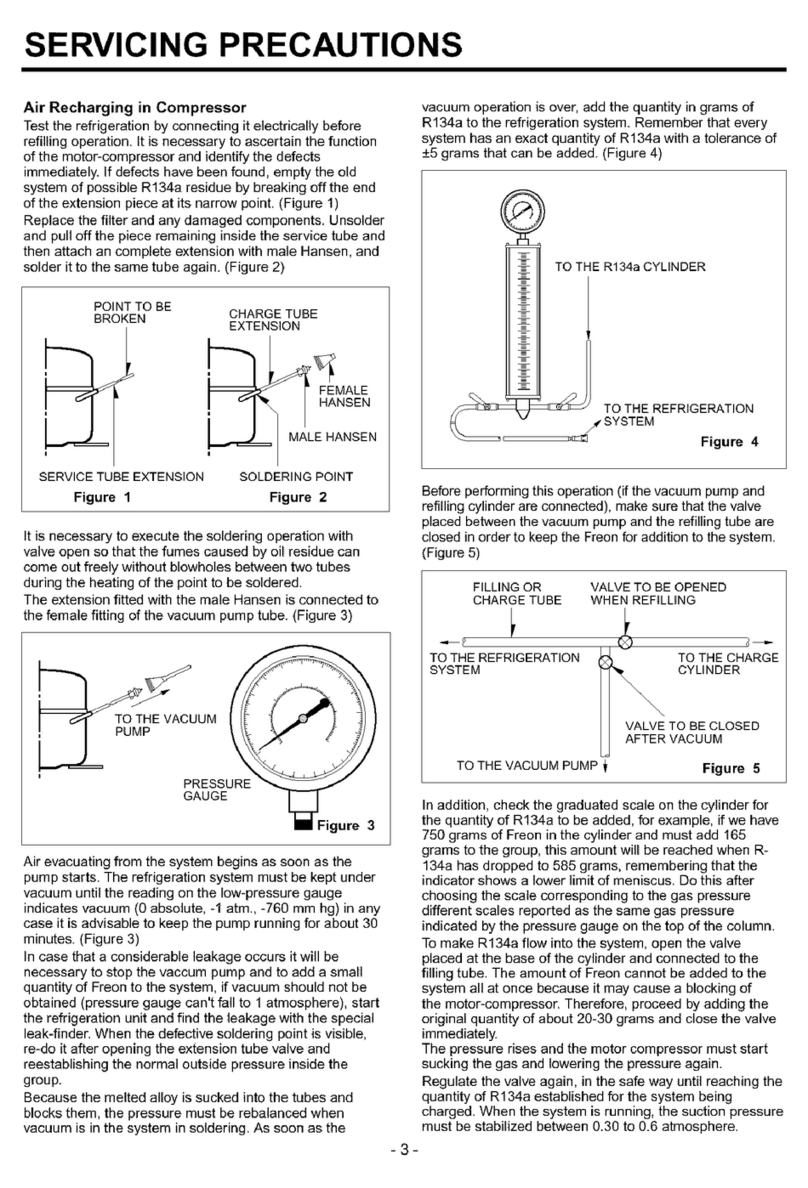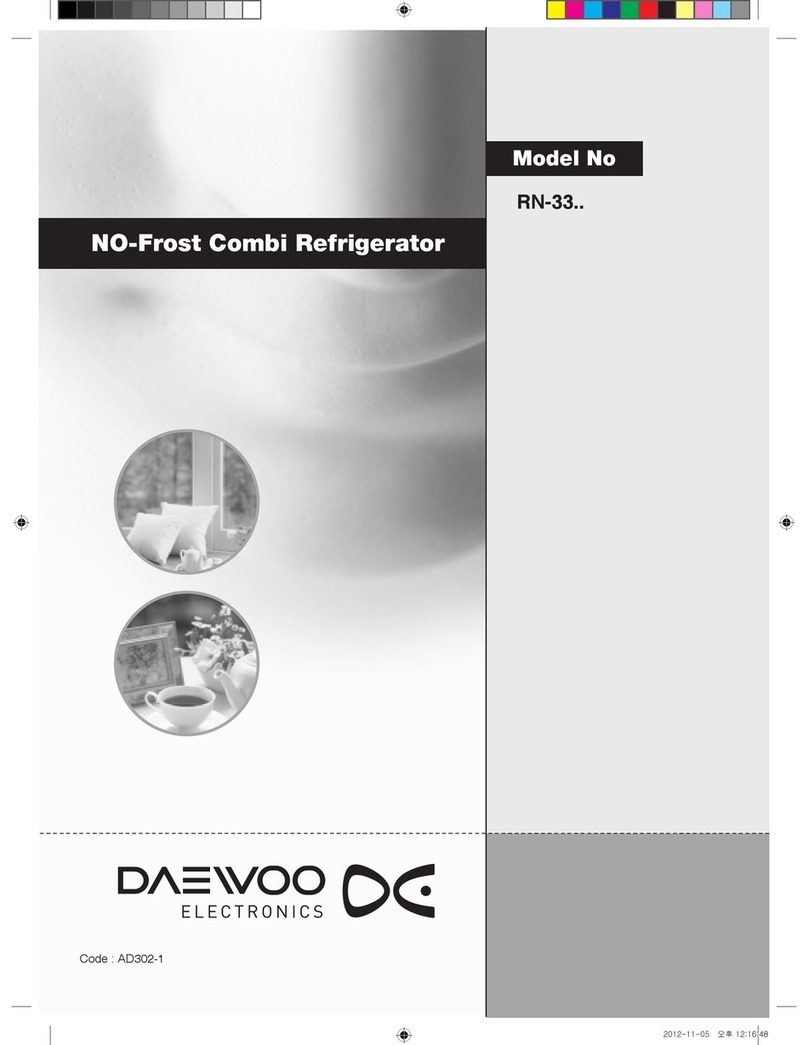Inhoud
Veiligheidsinformatie _ _ _ _ _ _ _ _ _ _ _ _ _ _ _ _ _ 2
Bediening _ _ _ _ _ _ _ _ _ _ _ _ _ _ _ _ _ _ _ _ _ _ 4
Het eerste gebruik _ _ _ _ _ _ _ _ _ _ _ _ _ _ _ _ _ _ 4
Dagelijks gebruik _ _ _ _ _ _ _ _ _ _ _ _ _ _ _ _ _ _ _ 5
Nuttige aanwijzingen en tips _ _ _ _ _ _ _ _ _ _ _ _ _ 6
Onderhoud en reiniging _ _ _ _ _ _ _ _ _ _ _ _ _ _ _ 7
Problemen oplossen _ _ _ _ _ _ _ _ _ _ _ _ _ _ _ _ _ 8
Technische gegevens _ _ _ _ _ _ _ _ _ _ _ _ _ _ _ 11
Montage _ _ _ _ _ _ _ _ _ _ _ _ _ _ _ _ _ _ _ _ _ _ 11
Het milieu _ _ _ _ _ _ _ _ _ _ _ _ _ _ _ _ _ _ _ _ _ _ 11
Wijzigingen voorbehouden.
Veiligheidsinformatie
In het belang van uw veiligheid en om een correct ge-
bruik te kunnen waarborgen is het van belang dat u, al-
vorens het apparaat te installeren en in gebruik te ne-
men, deze gebruiksaanwijzing, inclusief de tips en
waarschuwingen, grondig doorleest. Om onnodige ver-
gissingen en ongevallen te voorkomen is het belangrijk
ervoor te zorgen dat alle mensen die het apparaat ge-
bruiken, volledig bekend zijn met de werking ervan en
de veiligheidsvoorzieningen. Bewaar deze instructies
en zorg ervoor dat zij bij het apparaat blijven als het
wordt verplaatst of verkocht, zodat iedereen die het ap-
paraat gedurende zijn hele levensduur gebruikt, naar
behoren is geïnformeerd over het gebruik en de veilig-
heid van het apparaat.
Voor de veiligheid van mensen en eigendommen dient
u zich aan de voorzorgsmaatregelen uit dit instructie-
boekje te houden, de fabrikant is niet verantwoordelijk
voor schade die door het niet opvolgen van de aanwij-
zingen veroorzaakt is.
Veiligheid van kinderen en kwetsbare mensen
• Dit apparaat is niet bedoeld voor gebruik door perso-
nen (waaronder begrepen kinderen) met verminder-
de fysieke, zintuiglijke vermogens of een gebrek aan
ervaring en kennis, tenzij dit onder toezicht gebeurt
van een voor hun veiligheid verantwoordelijke per-
soon of tenzij zij van een dergelijke persoon instruc-
tie hebben ontvangen over het gebruik van het appa-
raat.
Houd kinderen uit de buurt om te voorkomen dat ze
met het apparaat gaan spelen.
• Houd alle verpakkingsmateriaal buiten het bereik
van kinderen. Gevaar voor verstikking.
• Als u het apparaat afdankt trek dan de stekker uit het
stopcontact, snij de voedingskabel door (zo dicht
mogelijk bij het apparaat) en verwijder de deur om te
voorkomen dat kinderen een elektrische schok krij-
gen of zichzelf in het apparaat opsluiten.
• Als dit apparaat, dat voorzien is van een magneti-
sche deursluiting, een ouder apparaat vervangt, dat
voorzien is van een veerslot (slot) op de deur of het
deksel, zorg er dan voor dat u het slot onbruikbaar
maakt voordat u het oude apparaat weggooit. Dit
voorkomt dat kinderen er in opgesloten kunnen ra-
ken.
Algemene veiligheid
Waarschuwing!
Houd de ventilatieopeningen altijd vrij van obstructies;
dit geldt zowel voor losstaande als ingebouwde model-
len.
• Dit apparaat is bedoeld voor het bewaren van le-
vensmiddelen en/of dranken in een gewoon huishou-
den, zoals uitgelegd in dit instructieboekje.
• Gebruik geen mechanische hulpmiddelen of kunst-
grepen om het ontdooiproces te versnellen.
• Gebruik geen andere elektrische apparaten (bijvoor-
beeld ijsmachines) in koelkasten, tenzij ze voor dit
doel goedgekeurd zijn door de fabrikant.
• Let op dat u het koelcircuit niet beschadigt.
• Het koelmiddel isobutaan (R600a) bevindt zich in het
koelcircuit van het apparaat, dit is een natuurlijk gas
dat weliswaar milieuvriendelijk is, maar ook uiterst
ontvlambaar.
Controleer of de onderdelen van het koelcircuit tij-
dens transport en installatie van het apparaat niet
beschadigd zijn geraakt.
Indien het koelcircuit beschadigd is:
– open vuur en ontstekingsbronnen vermijden
– de ruimte waar het apparaat zich bevindt grondig
ventileren
• Het is gevaarlijk om wijzigingen aan te brengen in de
specificaties of dit product op enigerlei wijze te modi-
2
